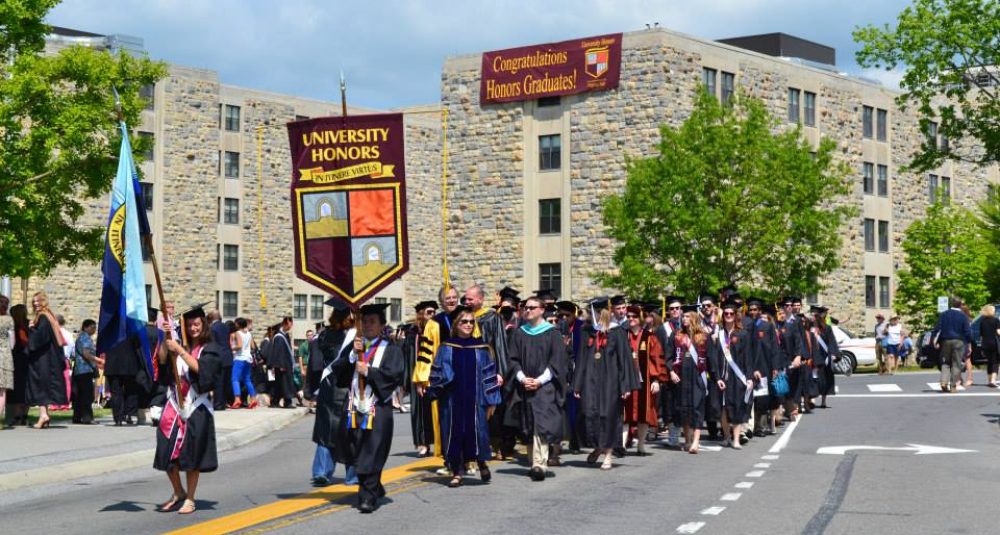The 2014 U.S. News Best Colleges report lists the top schools for undergraduate business majors, and this year Florida made the biggest advance in the rankings –up 9 places– followed by Georgia, Georgia Tech, and Maryland, each of which gained 4 spots.
Other notable changes involving public universities were the additions of Georgia State University, Miami of Ohio, Oklahoma, and Utah to the top 50. (The state of Georgia now has three public undergrad business programs in the top 50.)
Public universities with number one business specialty programs in the nation are as follows: UT Austin (accounting); Georgia (insurance); Michigan State (supply chain management/logistics); South Carolina (international business); Michigan (management); and Wisconsin (real estate).
As we have noted elsewhere, changes of four to six places can occur with only minor statistical changes.
Below are the public universities that made the top 50 list in 2014. We will use the symbols (+, =, -) to indicate whether a school rose, remained the same, or dropped in the rankings compared to 2013. Schools that gained four or more places will be in all caps.
+UC Berkeley–2014 (2); 2013 (3)
+Michigan–2014 (2); 2013 (3)
=Virginia–2014 (5); 2013 (5)
=North Carolina–2014 (7); (2013 (7)
-UT Austin–2014 (8); 2013 (7)
+Indiana–2014 (10); 2013 (11)
-Illinois–2014 (16); 2013 (14)
-Ohio State–2014 (18); 2013 (17)
+Maryland–2014 (18); 2013 (21)
-Minnesota–2014 (18); 2013 (17)
-Wisconsin–2014 (18); 2013 (17)
-Penn State–2014 (22); 2013 (21)
-Purdue–2014 (22); 2013 (21)
+Arizona–2014 (22); 2013 (24)
+Washington–2014 (22); 2013 (24)
-Arizona State–2014 (27); 2013 (24)
+GEORGIA TECH–2014 (27); 2013 (31)
-Michigan State–2014 (27); 2013 (24)
-Texas A&M–2014 (27); 2013 (24)
+FLORIDA–2014 (27); 2013 (36)
+GEORGIA–2014 (27); 2013 (31)
+Iowa–2014 (34); 2013 (36)
+William & Mary–2014 (38); 2013 (40)
-Colorado–2014 (38); 2013 (36)
+South Carolina–2014 (38); 2013 (40)
-Vermont–2014 (43); 2013 (40)
+GEORGIA STATE–2014 (47); 2013 (not in top 50)
+MIAMI OF OHIO–2014 (47); 2013 (not in top 50)
=Arkansas–2014 (47); 2013 (47)
=Connecticut–2014 (47) 2013 (47)
+OKLAHOMA–2014 (47); 2013 (not in top 50)
=Oregon–2014 (47); 2013 (47)
=Pitt–2014 (47); 2013 (47)
=Tennessee–2014 (47); 2013 (47)
+UTAH–2014 (47); 2013 (not in top 50)

